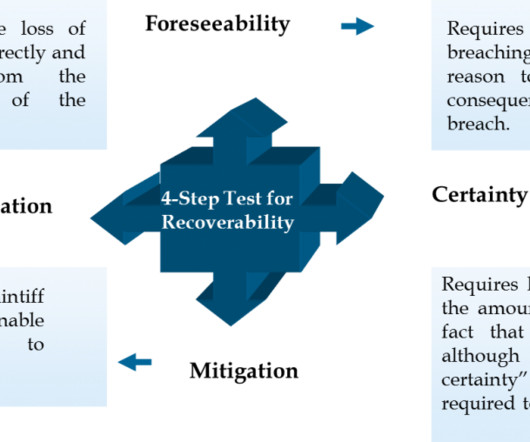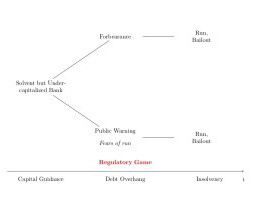Deal Structures: Legalities to Negotiate When Selling a Business
Viking Mergers
JUNE 14, 2022
The IRS references seven designated asset classes on Form 8594 : Cash & Cash-like Assets Securities Accounts Receivable Inventory Other Tangible Property (Personal Property & Real Estate) Covenants Not to Compete & Other Intangible Property Goodwill & Going Concern Value.


















Let's personalize your content